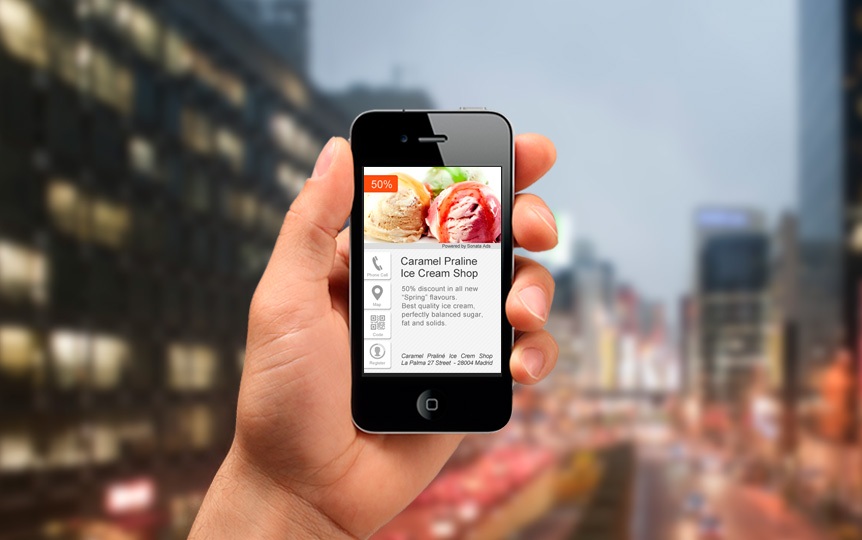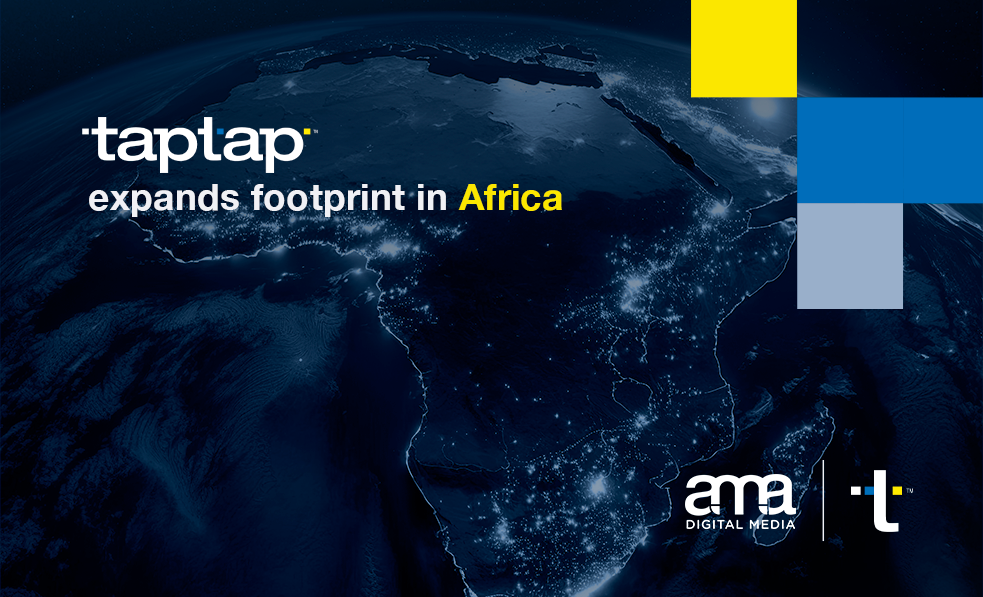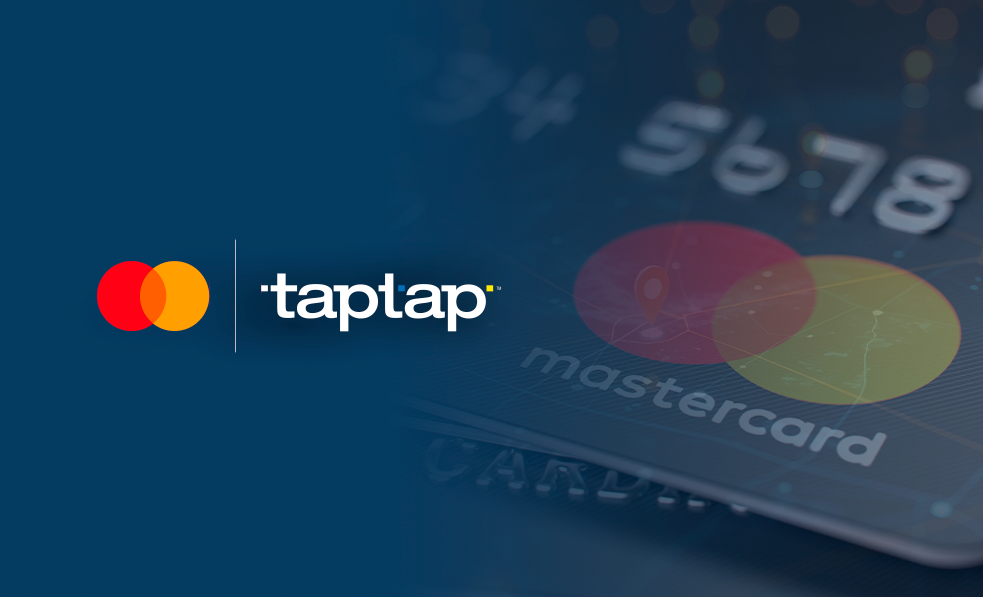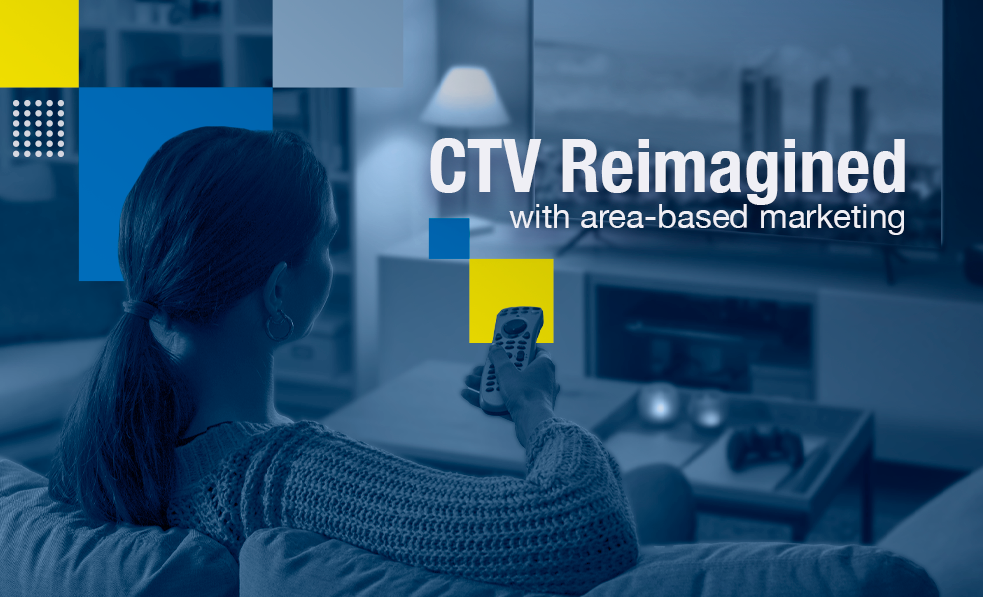Out of the 1,200 million smartphones in the world, 700 million feature GPS, a fact that shows one of the main competitive advantages of mobile phones as an advertising medium compared to others: geolocation. This, together with the great volume of user data available in the market, which increasingly brings more science to marketing and advertising, put us at an ideal time to add a better measurement of ROI to the most traditional environment of all: the advertising world in the environment of a local brick-and-mortar business.
Getting a local business to acquire more customers at its brick-and-mortar store is still one of the greatest challenges yet to be conquered by the digital world. Until now there have been few successful formulas that have achieved this. There are some successful cases, though they are questioned by many, such as coupons with incentive offers (Groupon style). In my opinion, the world of digital e-commerce has much to contribute to the world of brick-and-mortar stores, especially in aspects related to analytics and traceability. Ultimately, the digital world has the challenge of increasing ROI for local advertising efforts and questioning practices that, until now, did not have clear, concise returns.
The closer it is, the more relevant it becomes. The first data about advertising based on location make us very optimistic. For instance, CTR (click-through rate) for local offer is higher the closer we are to a local business and yet goes down as we move away. In this sense, an industry as important as the restaurant industry in the United States includes geolocation in 70% of its campaigns, achieving twice the effectiveness of campaigns that do not. The sense of urgency related to closeness.
The conversion stemming from geolocated advertising takes place within the first hour in 90% of cases, so good time segmentation is also fundamental in good local planning. Although not everything is smooth sailing, since the following barriers exist to mass use of mobile advertising as a standard in local campaigns. Access to local geolocated audiences on a massive scale is increasing but still limited. The operational difficulty in managing local campaigns is complicated, mainly due to a lack of knowledge about the world of mobile and digital advertising in general within the local environment.
Many of these local businesses alsodo not have a website, much less a mobile one, so it is difficult for them to think of a strategy that uses these devices. Finally, for the mobile medium to be considered by a local business, it must have a factor that differentiates it from the status quo. In this sense, ROI measurement in local advertising is the most alluring, which is at the beginning stages but has not been completely solved. Industries such as restaurants, fashion, tourism and any business that need to take customers to their brick-and-mortar stores will have to pay close attention to the evolution of location-based mobile advertising.
As always, the first to try, test and learn will acquire knowledge and experience that will make them more competitive when compared to the competition.

















